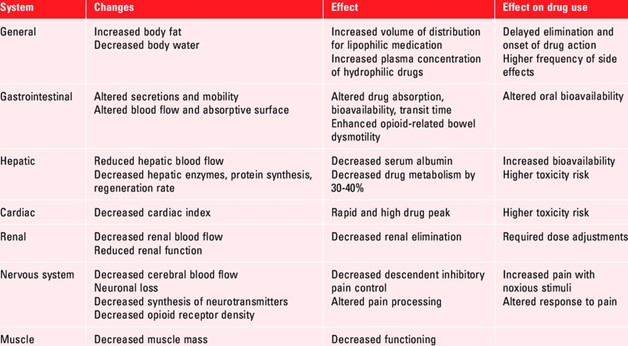A nurse is caring for a client who is receiving prazosin. The client's blood pressure is 100/60 mm Hg. Which of the following actions should the nurse take?
Administer a reversal agent
Initiate cardiac monitoring
Instruct the client to stand up slowly.
Inform the client to report urinary retention
The Correct Answer is C
c. Instruct the client to stand up slowly.
Explanation:
The correct answer is c. Instruct the client to stand up slowly.
Prazosin is an alpha-1 adrenergic blocker used to treat hypertension and benign prostatic hyperplasia. One of the common side effects of prazosin is orthostatic hypotension, which can cause a drop in blood pressure when changing positions from lying or sitting to standing.
In this scenario, the client's blood pressure is 100/60 mm Hg, which indicates hypotension. To prevent a sudden drop in blood pressure and related symptoms such as dizziness or fainting, the nurse should instruct the client to stand up slowly. This allows the body time to adjust to the change in position and minimizes the risk of orthostatic hypotension.
Option a, administering a reversal agent, is not necessary in this situation. Reversal agents are used to counteract the effects of specific medications when there is a need to rapidly reverse their actions. There is no indication in the scenario that the client requires a reversal agent.
Option b, initiating cardiac monitoring, is not warranted based solely on a blood pressure reading of 100/60 mm Hg. Cardiac monitoring is typically indicated when there are specific cardiac concerns or symptoms, which are not mentioned in the scenario.
Option d, informing the client to report urinary retention, is a potential side effect of prazosin but is not the most appropriate action to take in this situation. The client's blood pressure is the immediate concern, and addressing orthostatic hypotension by instructing the client to stand up slowly is the appropriate action.
By instructing the client to stand up slowly, the nurse promotes safety and minimizes the risk of orthostatic hypotension, allowing the client to adjust to the change in position and reduce the likelihood of experiencing symptoms related to low blood pressure.
Nursing Test Bank
Naxlex Comprehensive Predictor Exams
Related Questions
Correct Answer is D
Explanation
As individuals age, there is a natural decline in kidney function. This can result in a reduced ability to filter and excrete medications and their metabolites from the body. The decreased kidney function can lead to a longer half-life of medications, increased drug accumulation, and an increased risk of adverse drug reactions. It is important for the nurse to adjust medication dosages and frequencies based on the individual's renal function to prevent drug toxicity.
Increased liver function: Aging is associated with a gradual decline in liver function. While there may be some individual variations, in general, liver function decreases rather than increases with age. However, changes in liver function can affect the metabolism and elimination of medications. Some medications may require dosage adjustments based on liver function, but it is not a common physiological change in older adults.
Increased metabolism: Aging is generally associated with a decrease in metabolism rather than an increase. The metabolic rate tends to slow down with age, which can affect the pharmacokinetics of medications. Slower metabolism can result in medications taking longer to be metabolized and cleared from the body, potentially leading to prolonged drug effects.

Correct Answer is A
Explanation
The nurse should identify that caring for a client who has a new onset of chest pain is outside the scope of practice for an LPN. This is a complex and potentially life-threatening situation that requires the assessment and intervention of a registered nurse (RN) or other advanced practice provider.
b) Caring for a client who has a tracheostomy is within the scope of practice for an LPN.
c) Caring for a client who is receiving enteral feedings is within the scope of practice for an LPN.
d) Caring for a client who has urinary retention is within the scope of practice for an LPN.
Whether you are a student looking to ace your exams or a practicing nurse seeking to enhance your expertise , our nursing education contents will empower you with the confidence and competence to make a difference in the lives of patients and become a respected leader in the healthcare field.
Visit Naxlex, invest in your future and unlock endless possibilities with our unparalleled nursing education contents today
Report Wrong Answer on the Current Question
Do you disagree with the answer? If yes, what is your expected answer? Explain.
Kindly be descriptive with the issue you are facing.
